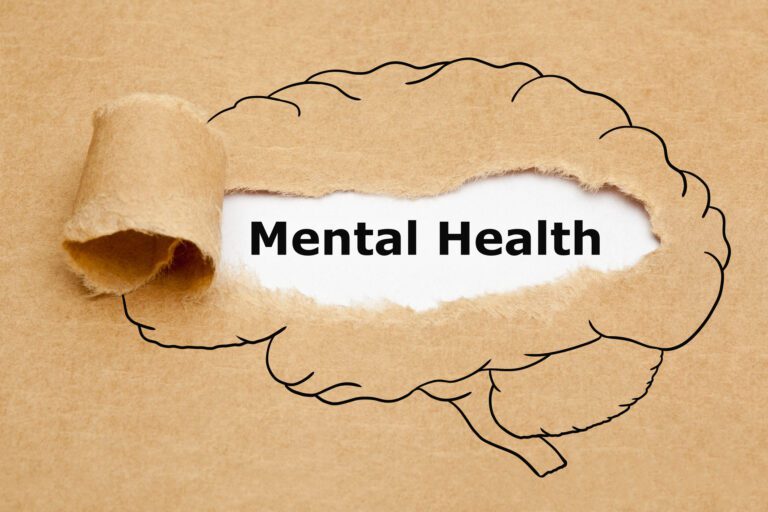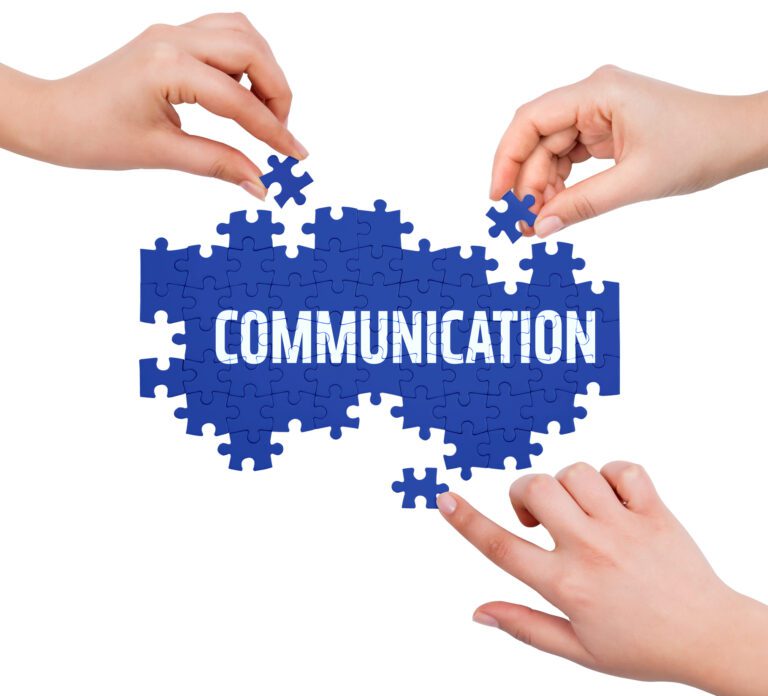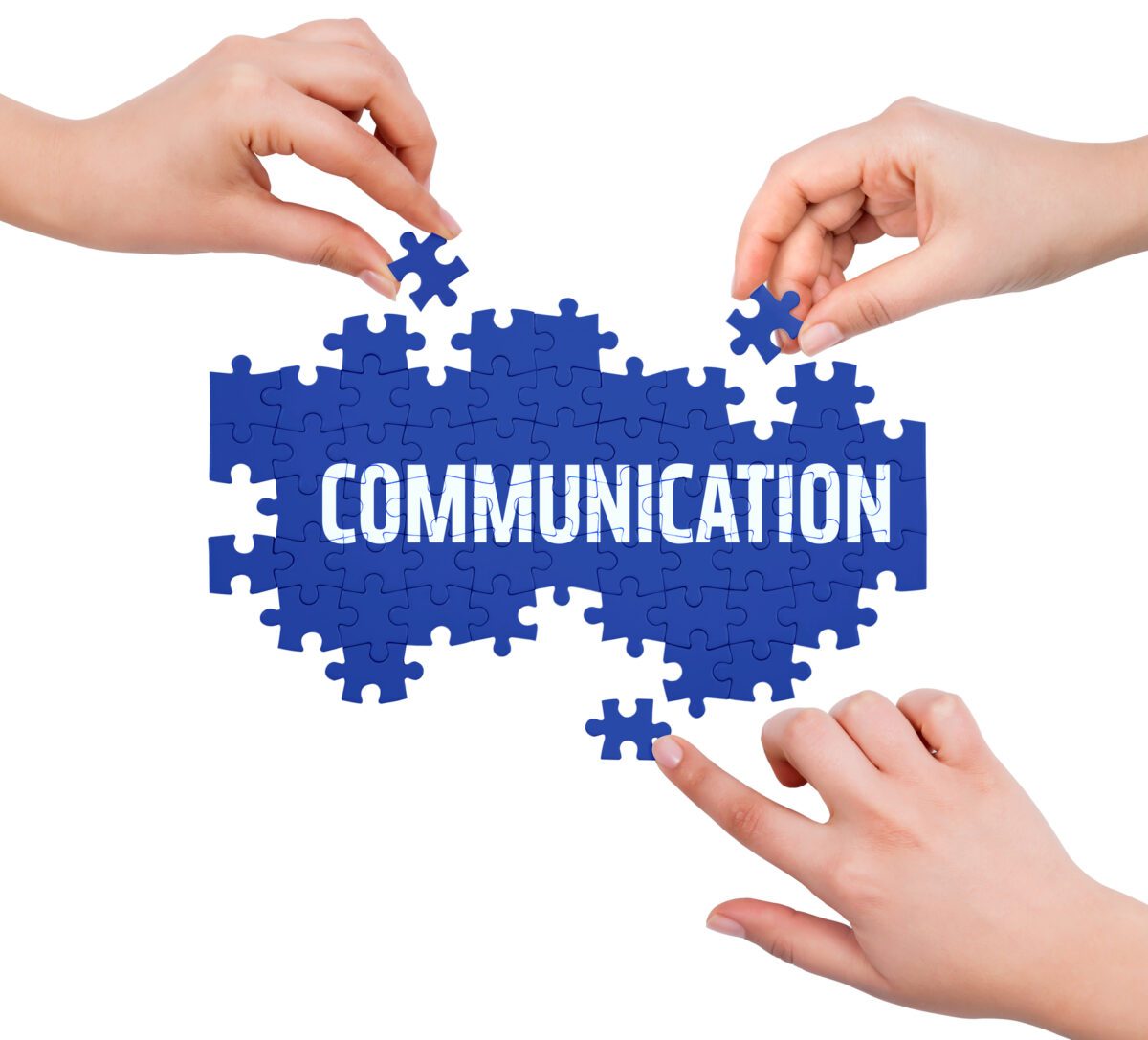
Understanding ADHD: Signs, Symptoms, and Management
Attention deficit hyperactivity disorder (ADHD) is a complex neurodevelopmental disorder that can affect individuals of all ages. It can impact various aspects of life, including school, work, and relationships. Recognizing the signs and symptoms of ADHD is crucial for early intervention and effective management. In this comprehensive guide, we will explore the common signs and symptoms of ADHD in children, teenagers, and adults, as well as provide tips for living with ADHD and finding support.
I. ADHD in Children
ADHD primarily manifests in children through symptoms related to inattention, hyperactivity, impulsivity, or a combination of these. While many children exhibit energetic and easily distracted behaviors, ADHD symptoms are typically more extreme and can significantly affect their daily lives.
A. Signs of Inattention
Children with ADHD often struggle with paying attention and staying organized. Some common signs of inattention in children include:
- Difficulty focusing on activities and becoming easily distracted.
- Short attention span, especially during play or schoolwork.
- Careless mistakes and lack of attention to details.
- Trouble following instructions or completing tasks.
- Poor organization and difficulty in managing tasks and activities.
- Forgetfulness and losing track of belongings.
- Avoidance of mentally challenging tasks.
- Struggling to remember things in daily activities.
- Being easily distracted by external stimuli.
It is important to note that while these behaviors may seem disruptive or abnormal, they can still be within the range of normal development for some children. Early diagnosis is essential for determining whether these behaviors are indicative of ADHD or simply part of typical childhood development.
B. Signs of Hyperactivity and Impulsivity
Hyperactivity and impulsivity are also significant features of ADHD in children. Some common signs of hyperactivity and impulsivity include:
- Excessive fidgeting, squirming, or restlessness.
- Difficulty sitting still and constantly needing movement.
- Running or climbing in inappropriate situations.
- Inability to engage in activities quietly.
- Talking excessively and interrupting others.
- Difficulty waiting for their turn.
- Interrupting conversations and games.
These behaviors can be disruptive, especially in school settings, and may impact a child’s social interactions and academic performance. However, it is crucial to consider the child’s age and developmental stage before jumping to conclusions about ADHD. Some of these behaviors may be typical for children at certain stages of development.
II. ADHD in Teenagers
As children with ADHD transition into adolescence, their symptoms may evolve and present new challenges. While some symptoms may become less problematic, new symptoms can arise due to increased responsibilities and changing social dynamics.
A. Changes in Symptoms
In teenagers with ADHD, symptoms may include:
- Difficulty focusing on schoolwork or other tasks.
- Frequent mistakes and trouble completing assignments.
- Challenges with task organization and time management.
- Forgetfulness and losing personal belongings.
- Avoidance of mentally taxing tasks.
- Increased emotional sensitivity and frustration.
- Impaired social relationships.
- Conflict with parents due to ADHD symptoms affecting home life.
It is important to recognize that these symptoms can be mistaken for typical teenage behavior or attributed to mood swings. However, for individuals with ADHD, these symptoms are not simply a result of immaturity but rather a manifestation of the disorder.
III. ADHD in Adults
While ADHD is commonly diagnosed in childhood, many individuals may not receive a proper diagnosis until adulthood. The symptoms of ADHD in adults can manifest differently due to the responsibilities and challenges faced in adulthood.
A. Symptoms in Adults
In adults, ADHD symptoms may present as:
- Difficulties at work or in educational settings.
- Trouble completing tasks and meeting deadlines.
- Low self-esteem and mental well-being.
- Substance misuse, particularly with alcohol.
- Relationship challenges with partners, family, or colleagues.
- Increased risk of accidents or injuries.
It is important to note that adults with ADHD may have exhibited symptoms early in life that were overlooked, leading to a late diagnosis. Hormonal changes, such as those during menstruation, pregnancy, or menopause, can also exacerbate ADHD symptoms in women.
IV. ADHD in Women and Girls
ADHD affects individuals regardless of gender, but research suggests that it is more prevalent in males. ADHD can manifest differently in women and girls, often leading to underdiagnosis or misdiagnosis.
A. Symptoms and Challenges
In females with ADHD, symptoms may include:
- A combination of inattentive and hyperactive-impulsive symptoms.
- Mood changes and difficulty regulating emotions.
- Severe social problems, including bullying.
- Increased risk of STIs and unplanned pregnancies.
- Challenges in academics and self-esteem.
- Compensatory behaviors to cope with difficulties.
These differences in presentation can contribute to the reduced rate of diagnosis in women and girls. Further research is needed to explore the unique experiences of ADHD in transgender, intersex, and gender nonconforming individuals.
V. Factors Affecting ADHD Diagnosis
Diagnosing and treating ADHD can be influenced by various factors, including age, ethnicity, cultural beliefs, and access to healthcare.
A. Age and Presentation
ADHD symptoms may change with age, and certain symptoms may become less prominent or more severe. It is essential to consider age-related variations when evaluating ADHD symptoms.
B. Ethnic and Cultural Differences
Beliefs, values, and medical approaches can impact the recognition and interpretation of ADHD symptoms. Children from marginalized ethnic groups may be less likely to receive an accurate diagnosis and appropriate treatment.
Cultural factors that can influence ADHD diagnosis and treatment include:
- Lack of knowledge about the condition.
- Fear of the stigma associated with ADHD.
- Limited trust in the medical system.
- Differences in the perception of certain behaviors between genders.
- Language barriers for non-native English speakers.
- Limited access to insurance and healthcare services.
- Cultural competence of healthcare professionals.
Addressing these cultural factors is crucial to ensure equitable access to accurate diagnosis and effective treatment for ADHD.
VI. Living with ADHD: Tips and Support
Living with ADHD requires a comprehensive approach that combines various strategies for symptom management and support. Here are some tips for individuals with ADHD and their families:
- Establish routines and schedules to provide structure and predictability.
- Organize the environment to minimize distractions and support focus.
- Limit choices to reduce overwhelm and decision-making difficulties.
- Create lists and break down tasks into manageable steps.
- Use positive reinforcement to reward good behavior and accomplishments.
- Promote a healthy lifestyle with proper nutrition, regular exercise, and sufficient sleep.
- Seek professional help from ADHD therapists or counselors specializing in ADHD.
- Maintain open communication with teachers, employers, and other support systems.
- Educate yourself and your loved ones about ADHD to better understand and manage the condition.
- Join support groups or seek counseling to connect with others facing similar challenges.
Remember, ADHD is manageable with proper support, understanding, and effective strategies. Embracing your strengths and seeking appropriate treatment can lead to a fulfilling and successful life.
VII. Conclusion
ADHD is a complex neurodevelopmental disorder that manifests differently in children, teenagers, and adults. Recognizing the signs and symptoms is crucial for early intervention and effective management. By understanding the unique challenges individuals with ADHD face and implementing supportive strategies, it is possible to thrive despite the condition. Seeking professional help from ADHD therapists and building a strong support network can empower individuals with ADHD to lead fulfilling lives.













